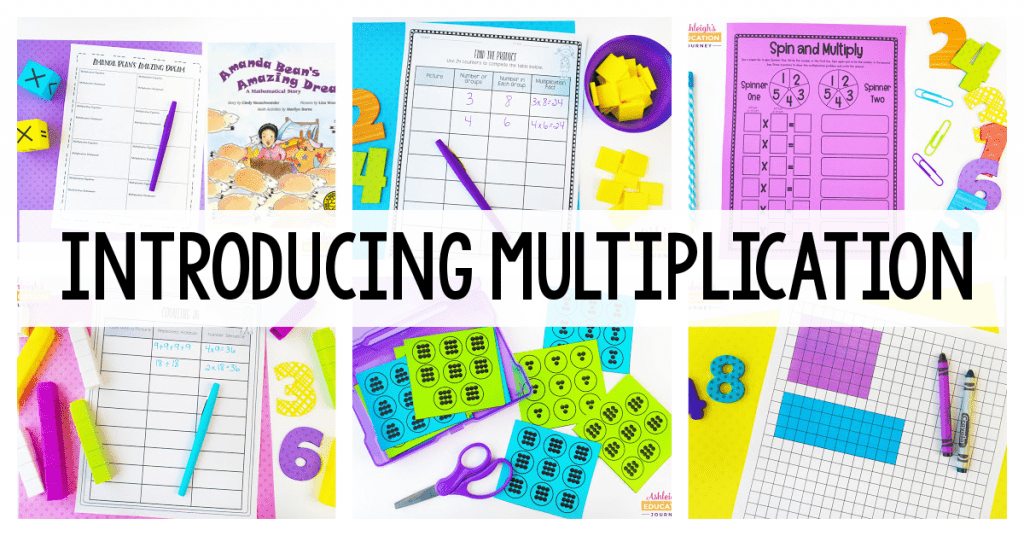 We know teaching multiplication is one of the most important parts of third grade math. The understanding of multiplication sets the stage for almost all other math concepts, and it is critical that students develop a deep and authentic understanding of multiplication.
We know teaching multiplication is one of the most important parts of third grade math. The understanding of multiplication sets the stage for almost all other math concepts, and it is critical that students develop a deep and authentic understanding of multiplication.Teaching Multiplication – Grouping Model
I’m careful to make sure to have students determine the number of groups they can create, rather than me telling them how many groups they can create with a given amount. This adds the element of problem based learning to instruction.
Introducing Multiplication-Repeated Addition
After teaching grouping models, show students how to use repeated addition to solve multiplication problems. This is another important step in teaching multiplication. I try to differentiate my lessons, so that some students may be working with a total of 12, others 24, others 36, and some up to 48. I always allow students to use snap cubes during these lessons to make this a hands-on learning experience.
Before I move on to arrays, I like to spend a little time reviewing grouping models and repeated addition with a game. I’ve found that it’s easy to go too fast in these beginning lessons, and some students will need a bit more time to develop a solid understanding of the two models.
Introducing Multiplication-Arrays
Since arrays and area models are incredibly important in fourth and fifth grade, it’s incredibly important to teach for deep understanding. As I teach arrays, I emphasize the importance of EQUAL groups. Once again, I use manipulatives to give my students more hands-on learning opportunities.
The book Amanda Bean’s Amazing Dream is awesome to use for teaching multiplication as you introduce arrays. The entire book is based around the use of multiplication situations, especially arrays. I made a recording sheet to go along with the book. You could either show the book on YouTube or you could read the book and show the pictures using a document camera.
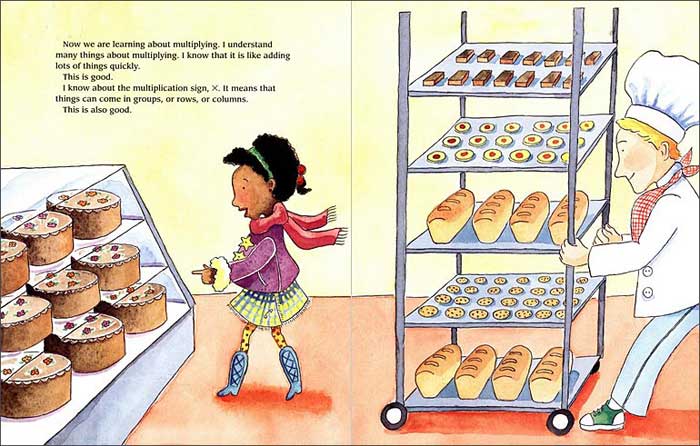
Multiplication Games
Before students move on to more challenging multiplication concepts, I like to spend a little more time reviewing through games such the one below. It’s similar to the game War, but students must read grouping models in order to determine who has the highest product. We also play games such as the classic Multiplication Bump.
I save multiplication on a number line for last, because this model the trickiest representation for my students. For extra practice, I enjoy this Representing Multiplication activity that you can download here. I gave every student 24 snap cubes, and they had to find ways to place the cubes into equal groups. Once they placed the cubes in equal groups, they drew a model of the cubes. Then, students wrote a repeated addition number sentence and a multiplication number sentence that represented the equal groups. This is such a great task for introducing the concept of multiplication, especially the connection between multiplication and repeated addition.
Teaching Multiplication – Problem Solving
Once I’ve taught each form of representing multiplication, we spend a bit more time working problem solving with multiplication. For instance, in this activity, students find all of the possible arrays to build the number 48. This could be differentiated by using many different numbers.
Another great way to incorporate math and literature is to read One Grain of Rice, which ties in perfectly to multiplication. After reading the book, let students try to find the total number of grains of rice that Raini gave the raja as an extension.
Another great book to tie in to multiplication is Spaghetti and Meatballs for All. In this book a family is having a get together and as more and more people arrive, they have to change their seating arrangements. In this activity, students develop a seating arrangement for 36 people, but they have to use different shaped tables. Each shape table holds a different number of people, which presents students with a bit of a challenge.
It’s also fun to have students use pattern blocks in a multiplication activity. In this lesson, students grab a handful of pattern blocks from the tub. Then students have to show how to use multiplication to find the total number of sides on all of the pattern blocks. This is fun, because everyone will have different answers. Naturally, some students will try to be cute and get a massive handful of blocks. It’s kind of funny when you see them realize how much more challenging that will make the activity.
When teaching multiplication word problems, I like to start with problems that include pictures. This allows students to visualize the problem and the meaning of each factor.
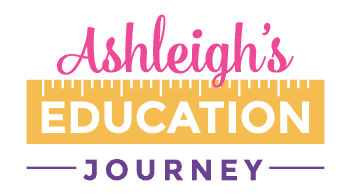
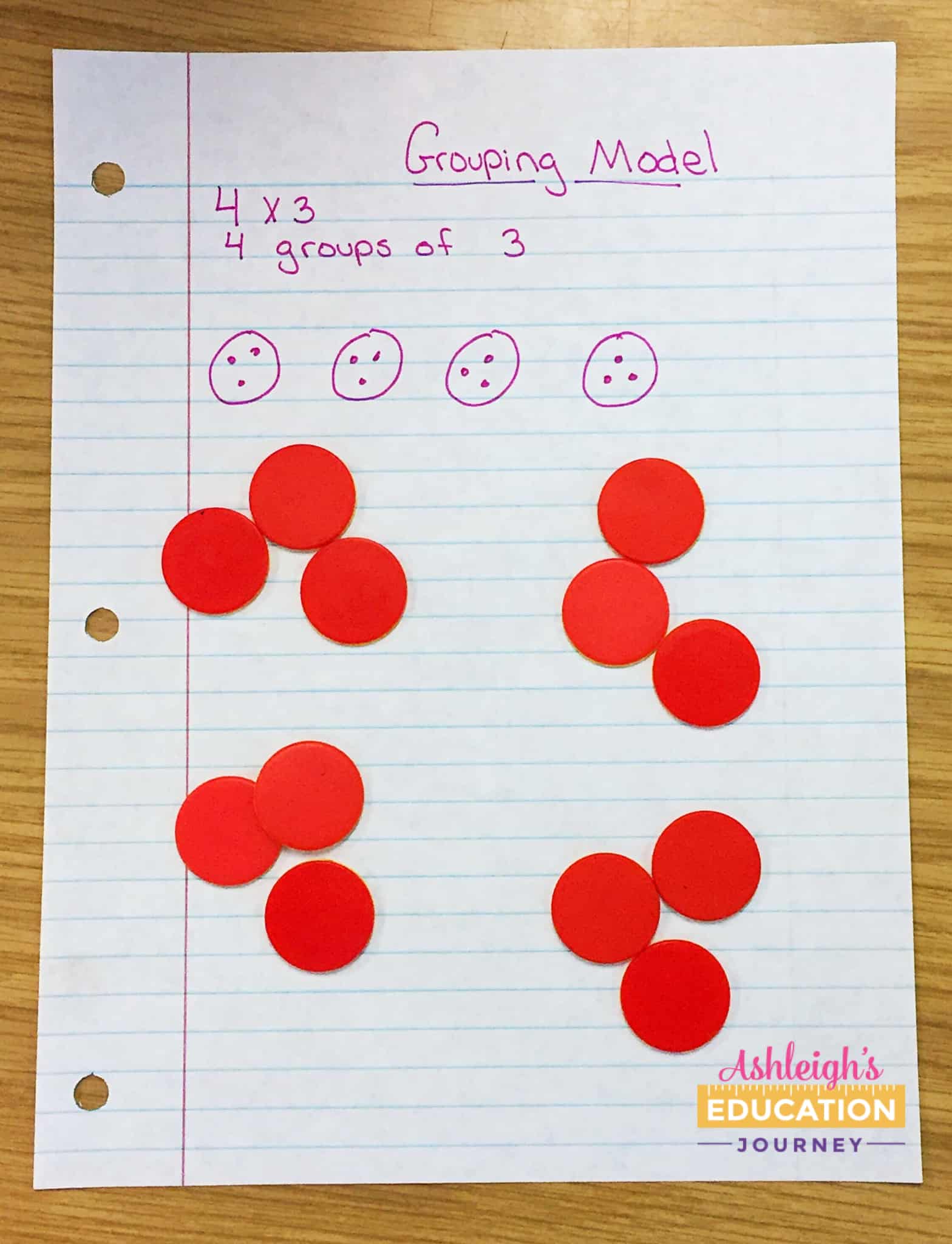
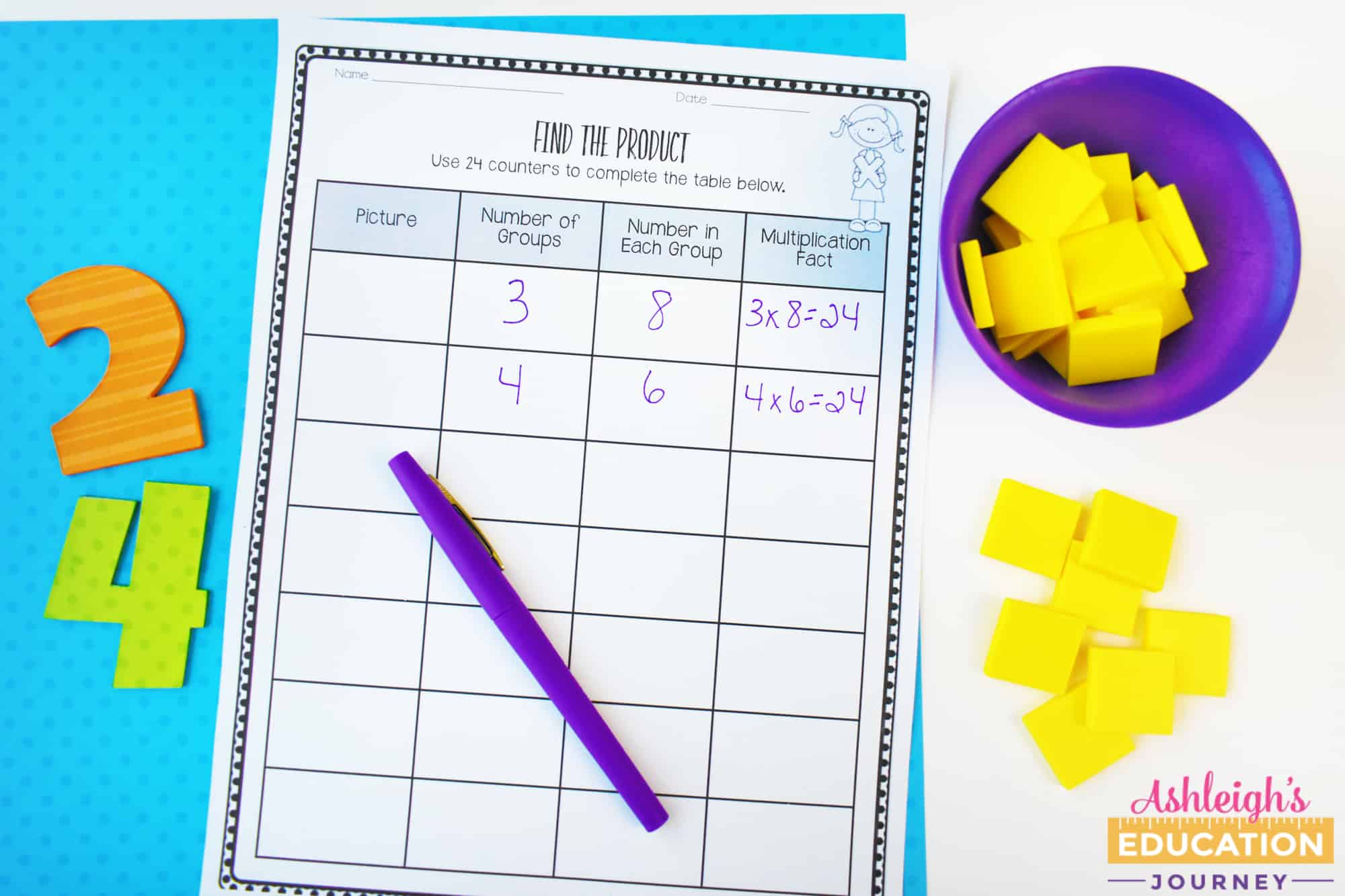
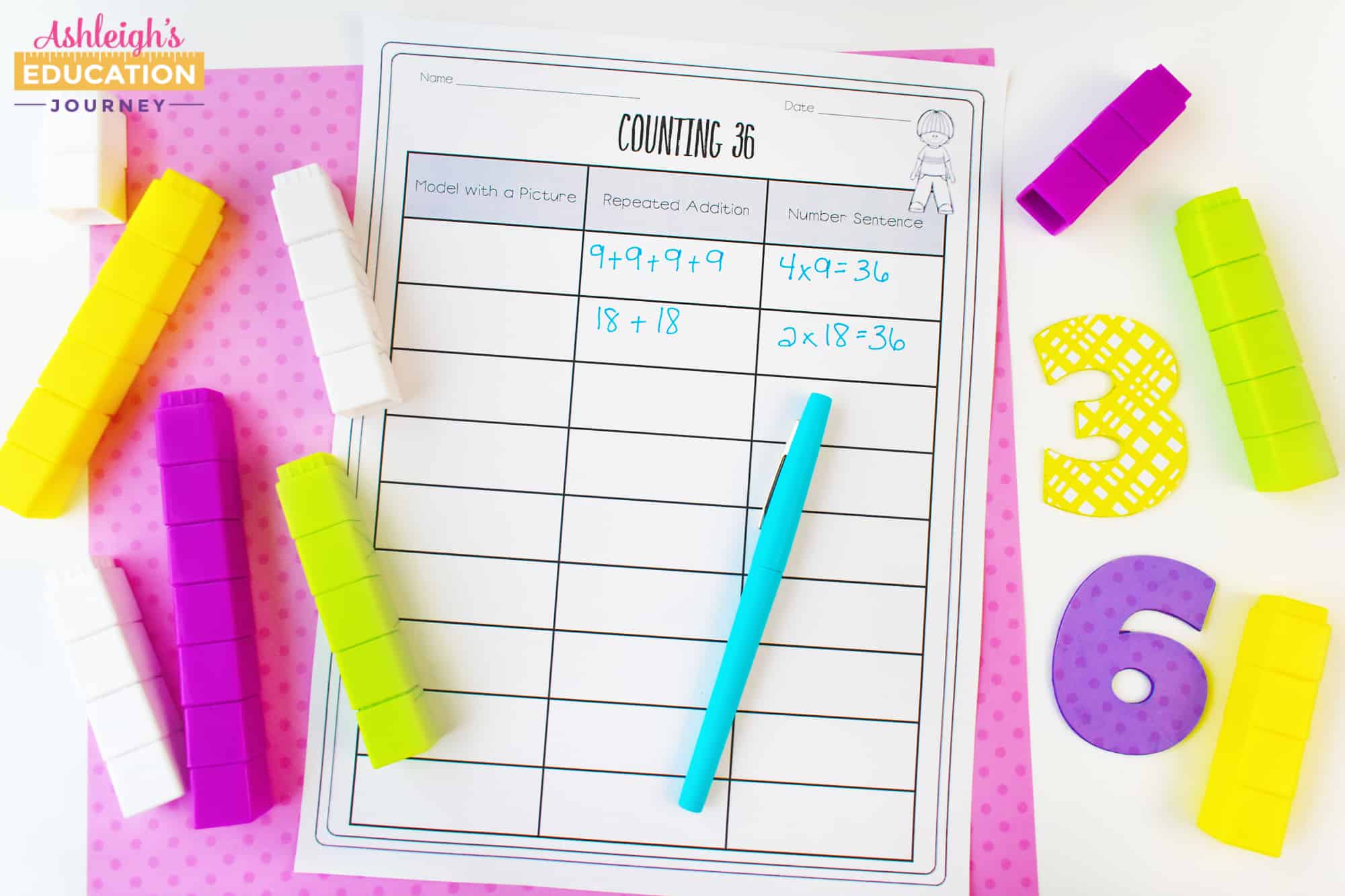
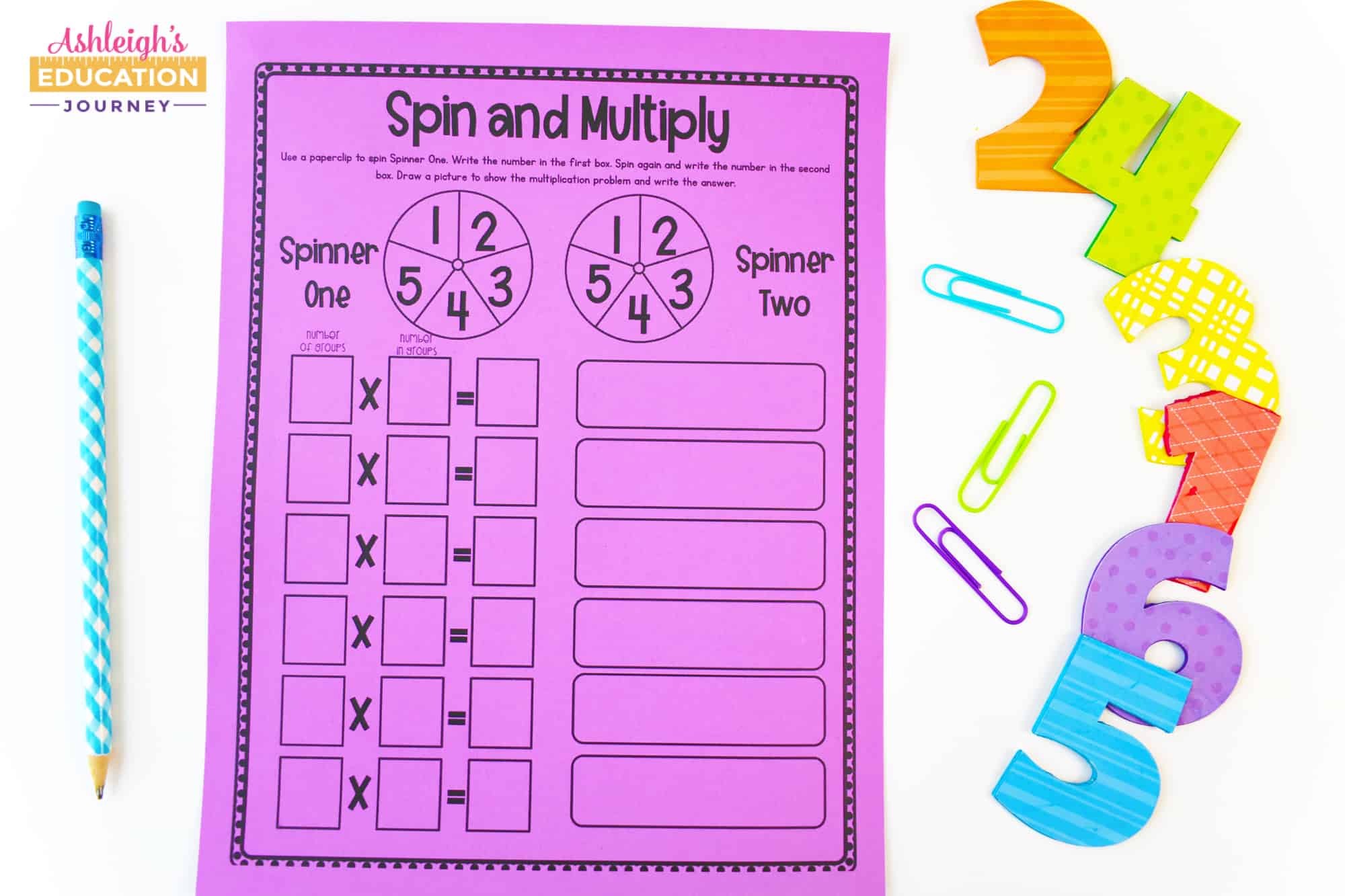
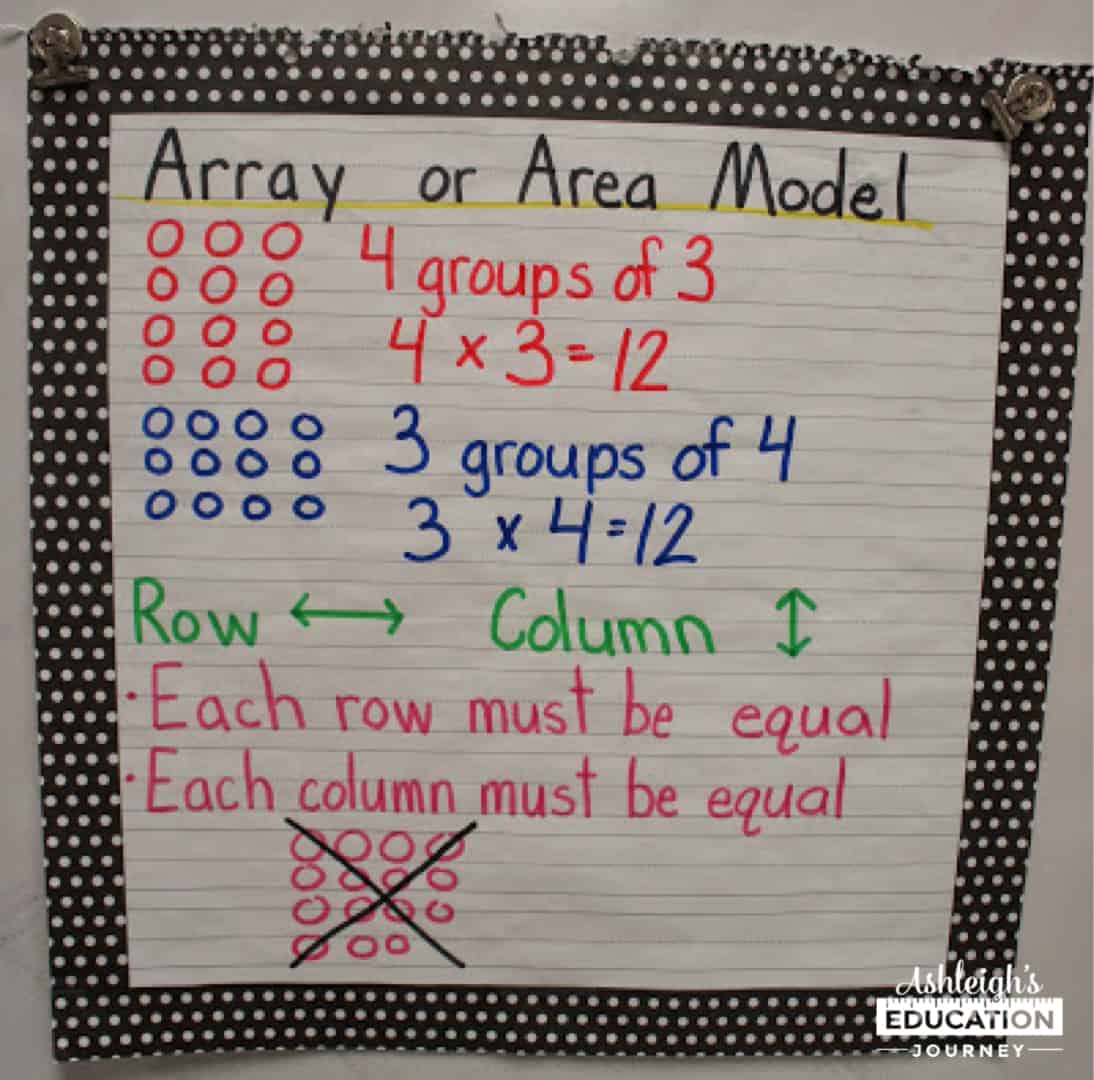
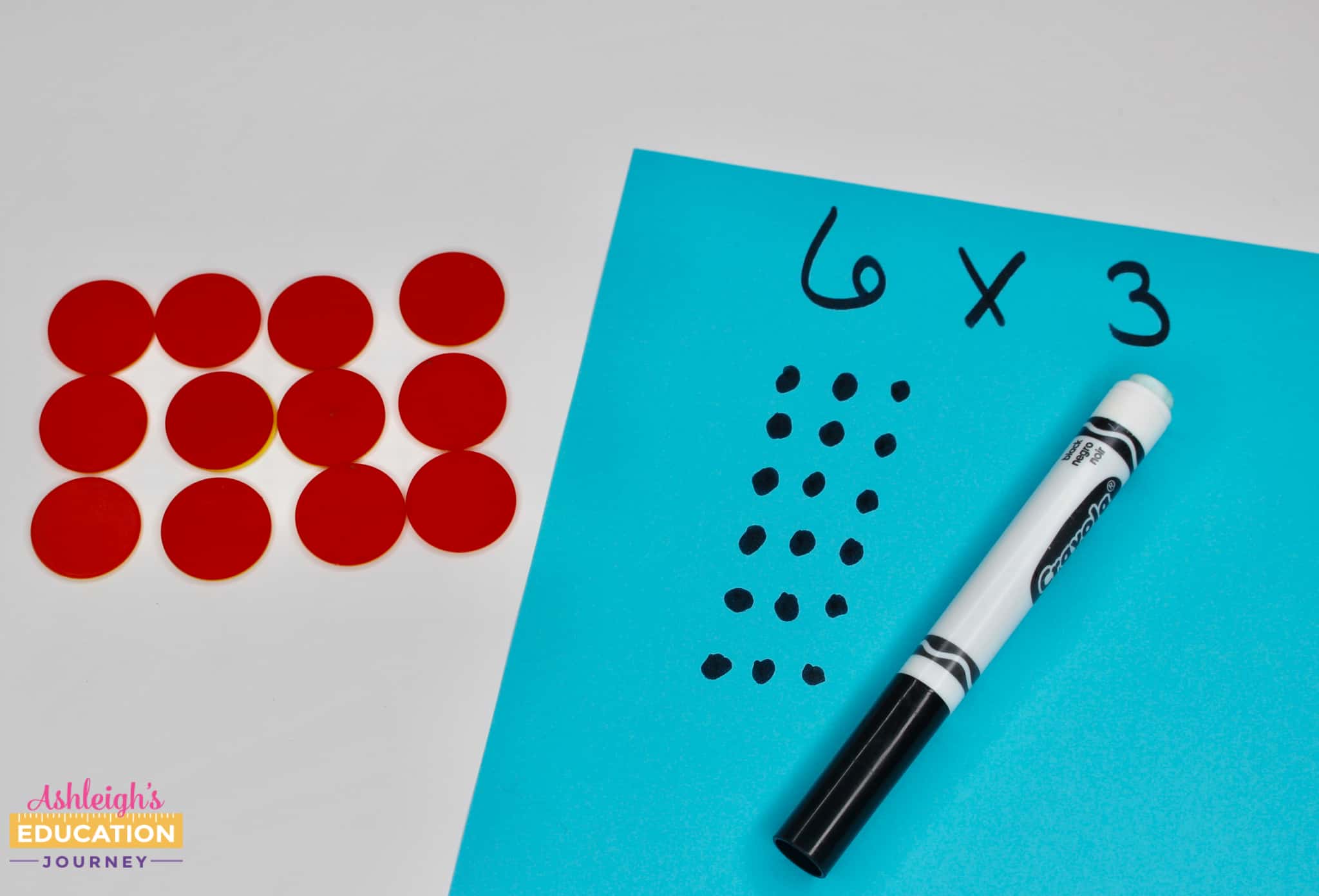
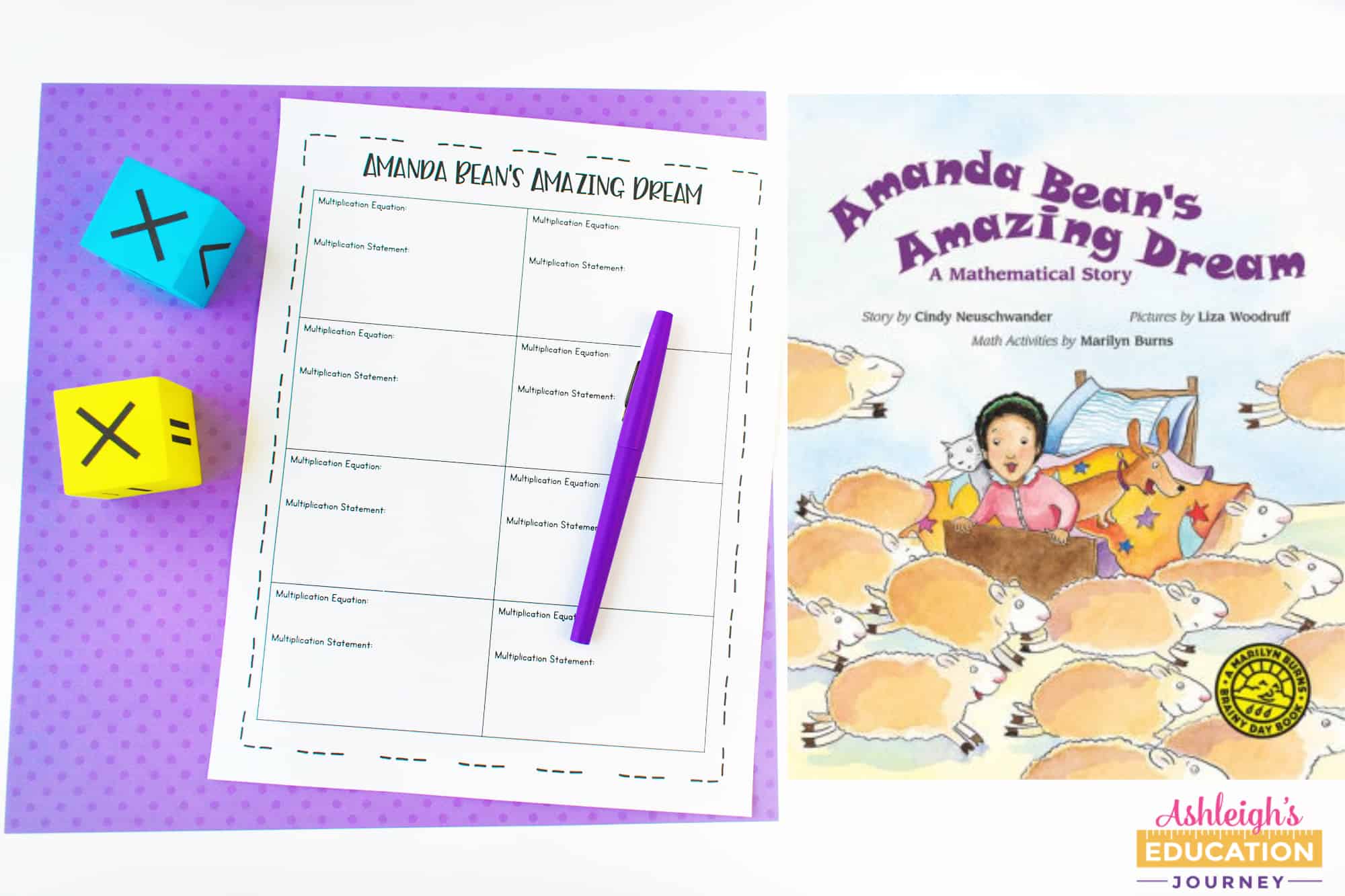
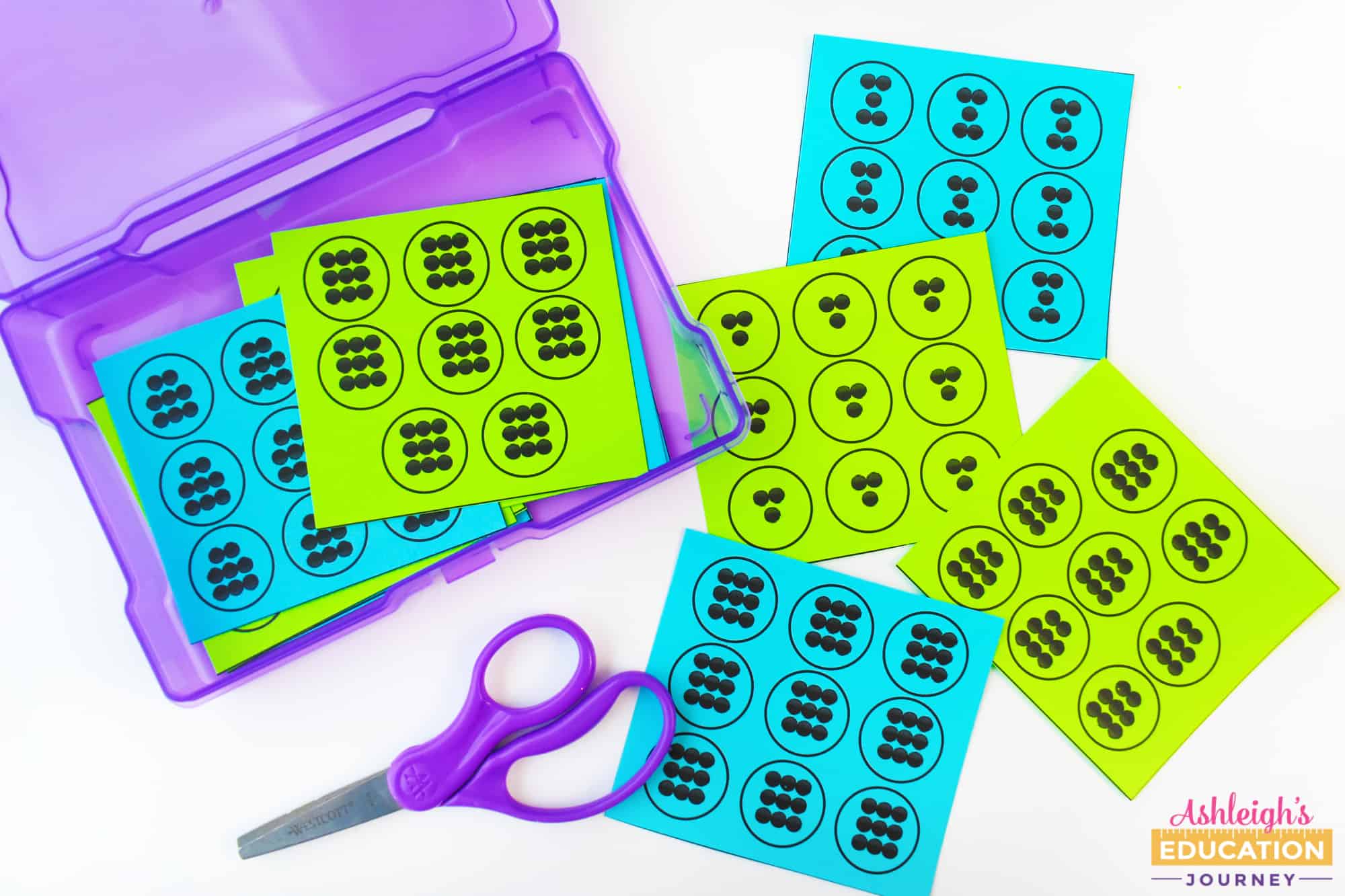
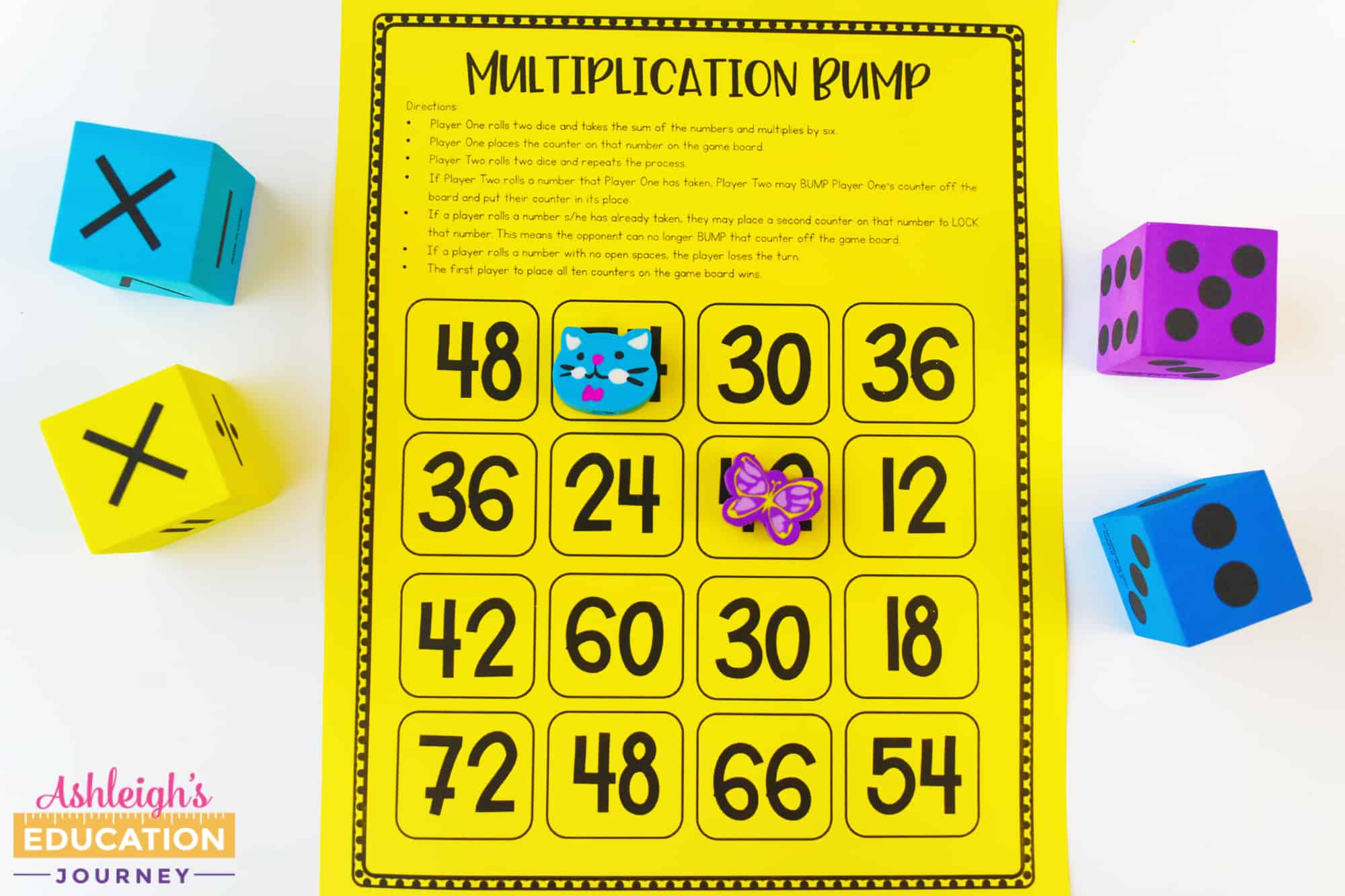
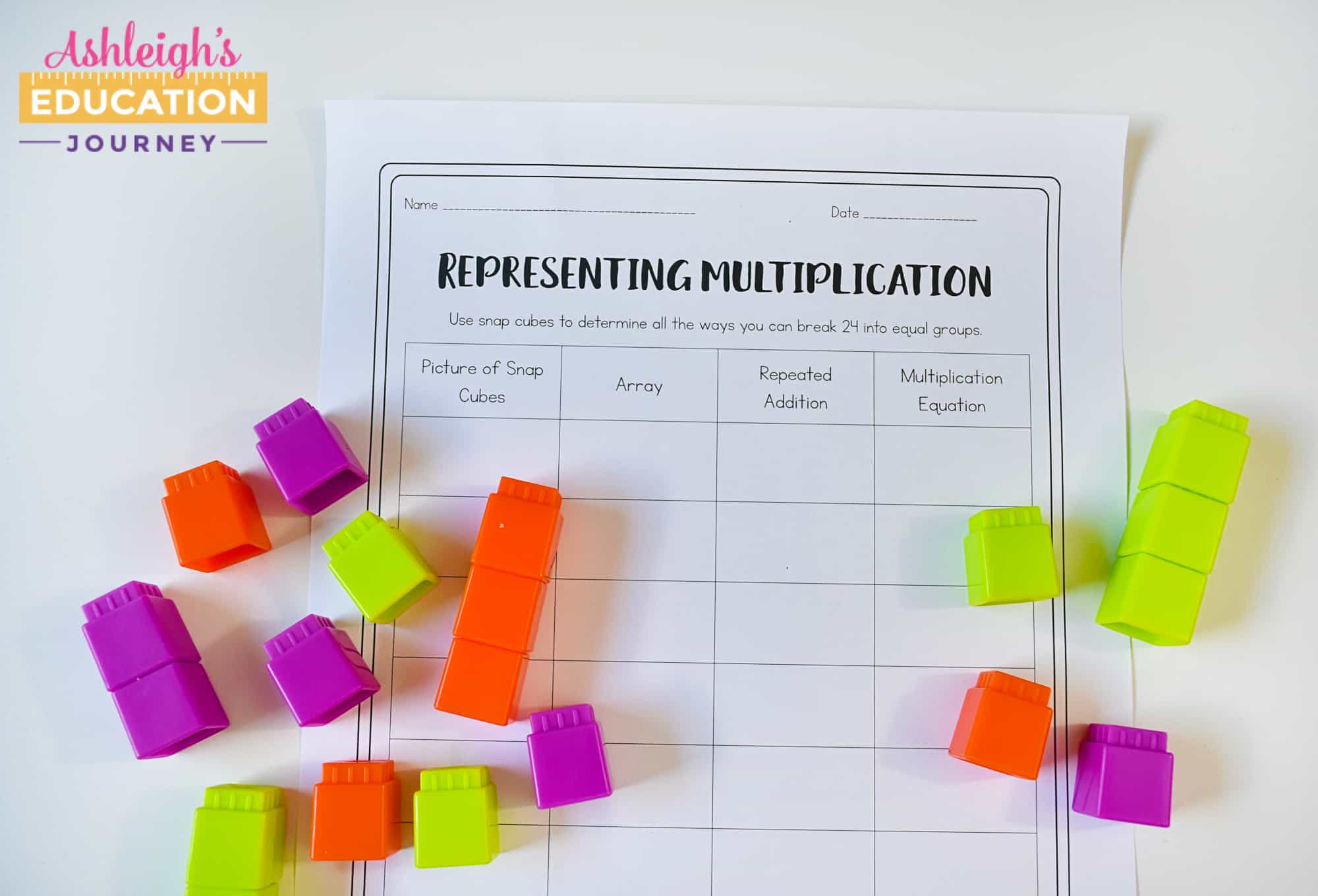
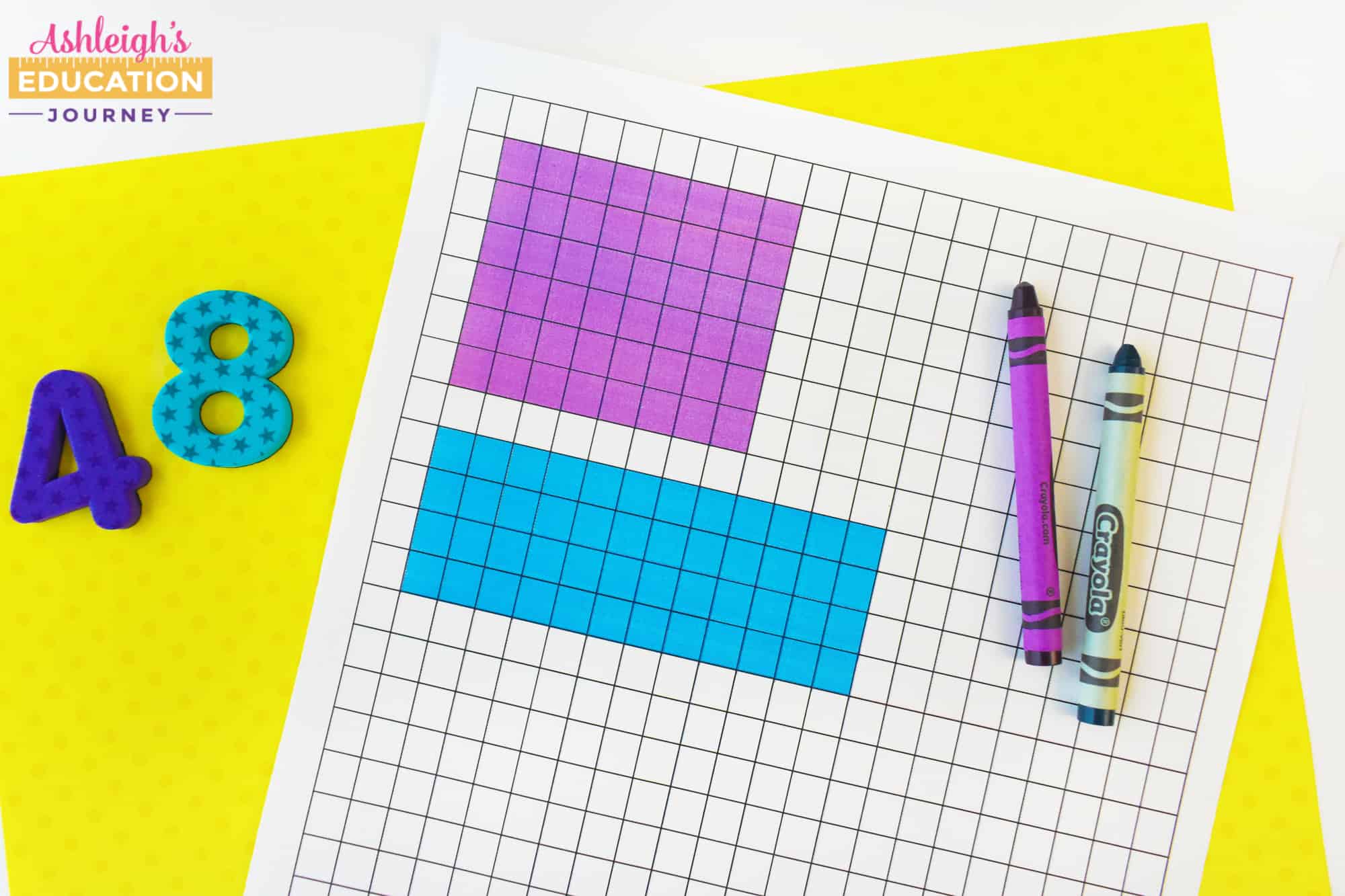
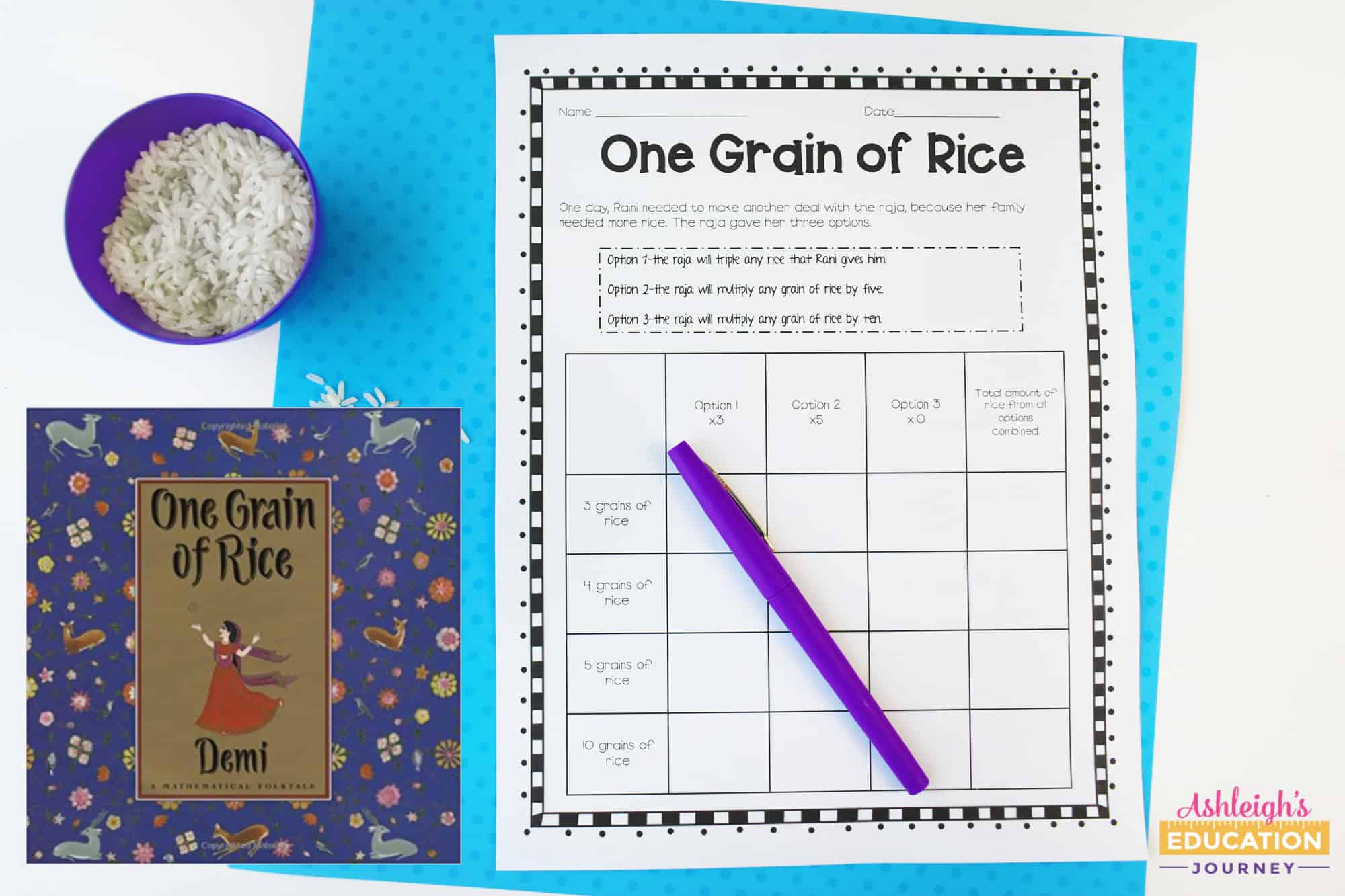
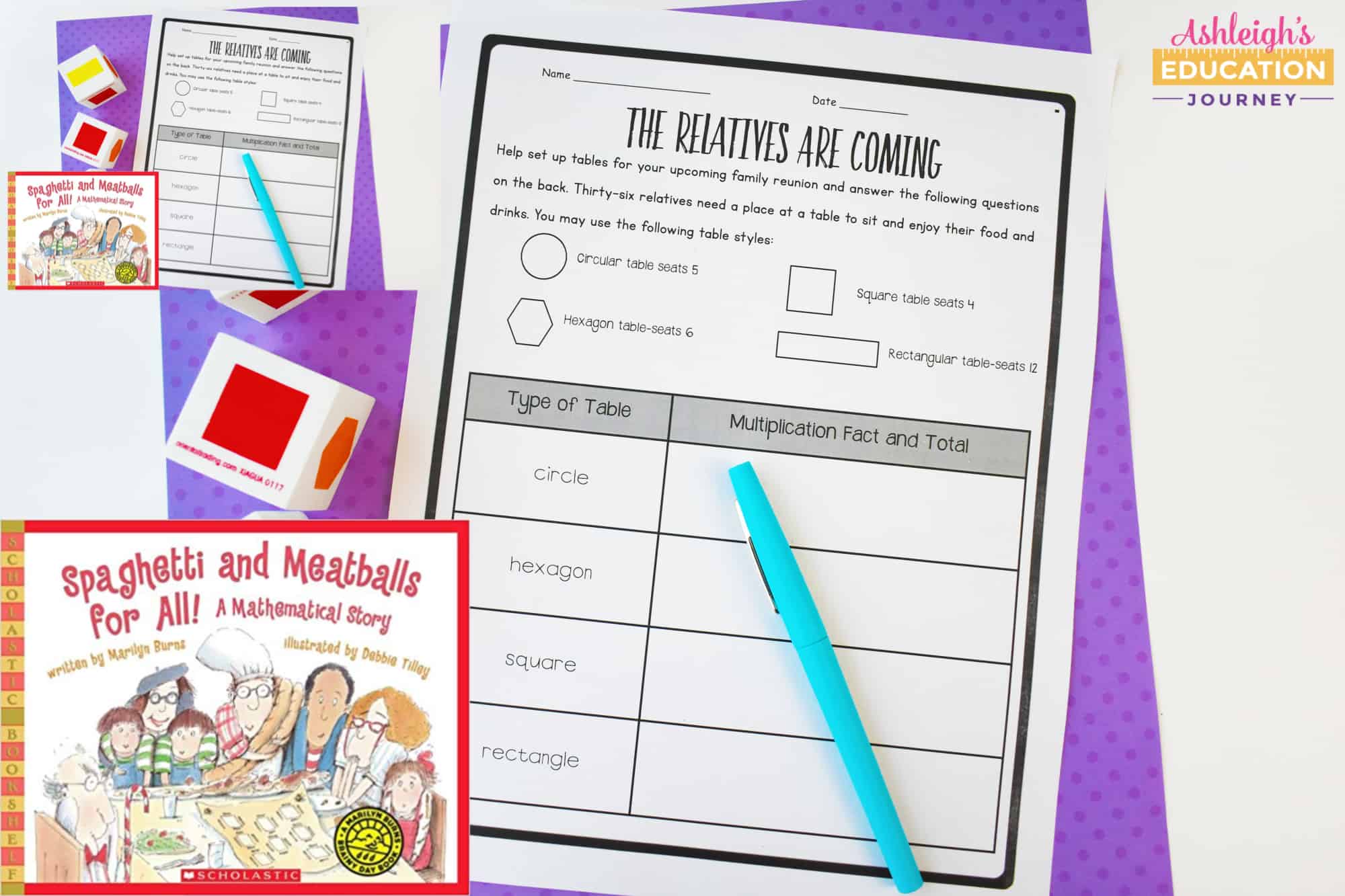
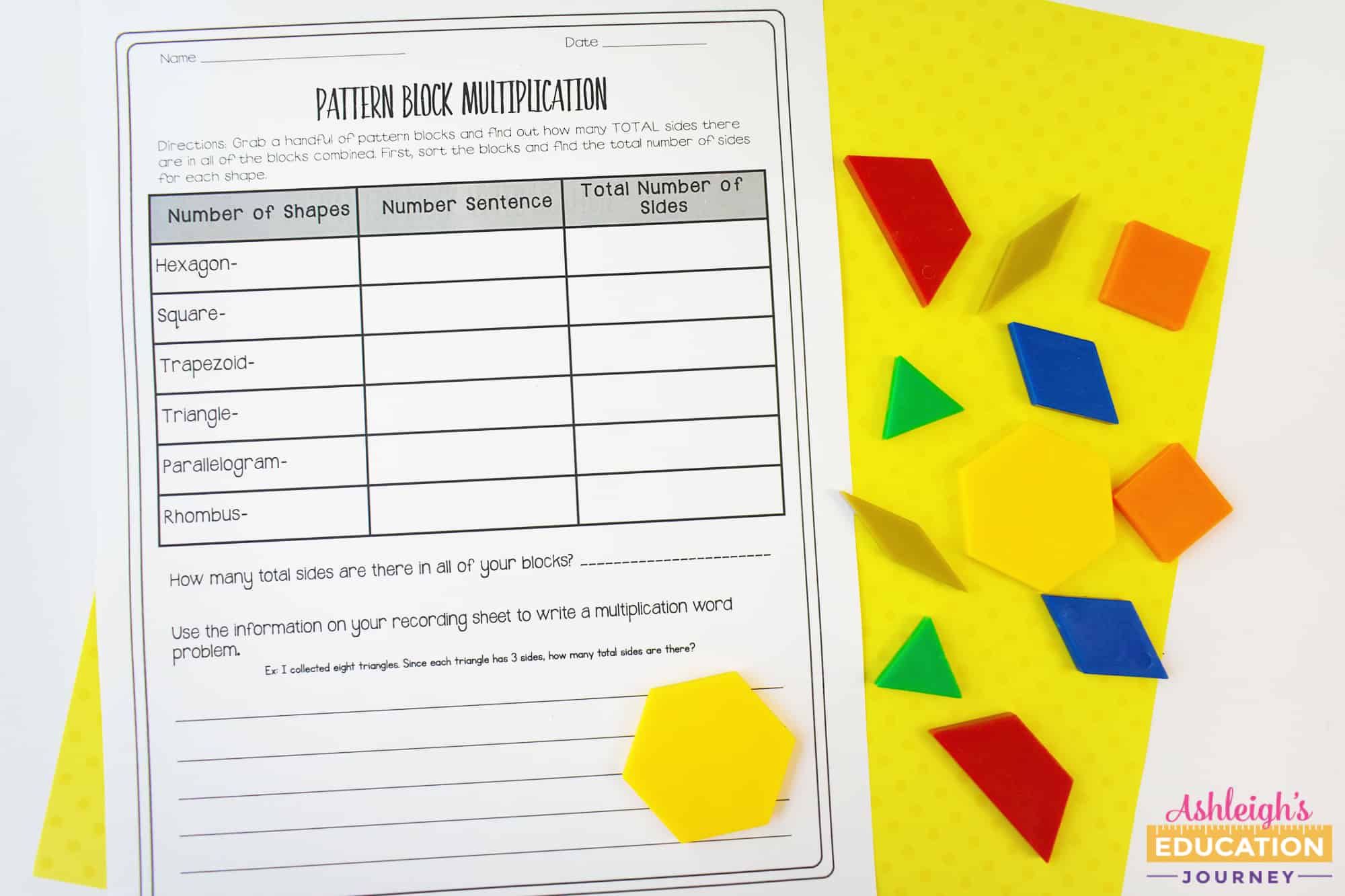
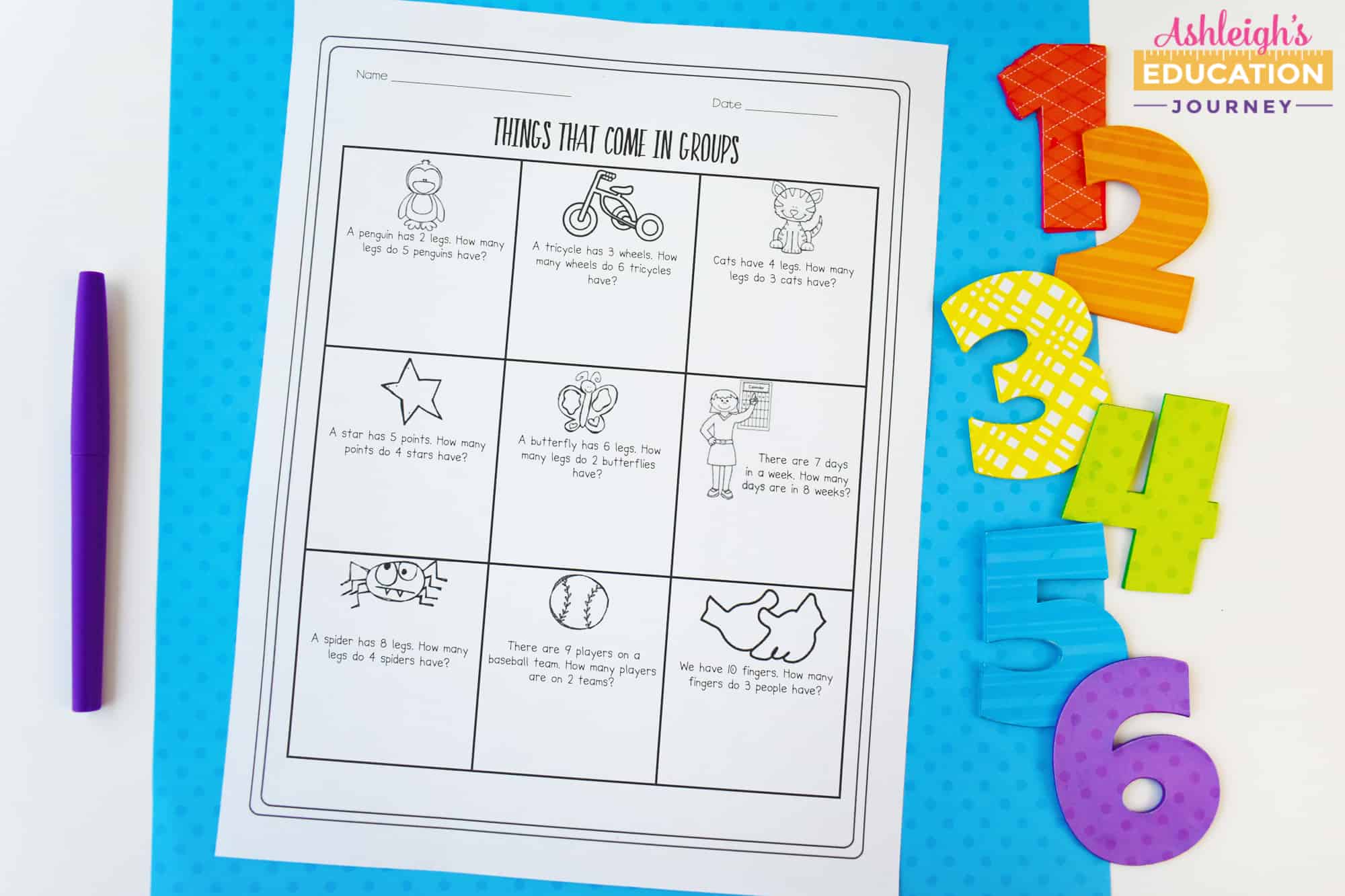
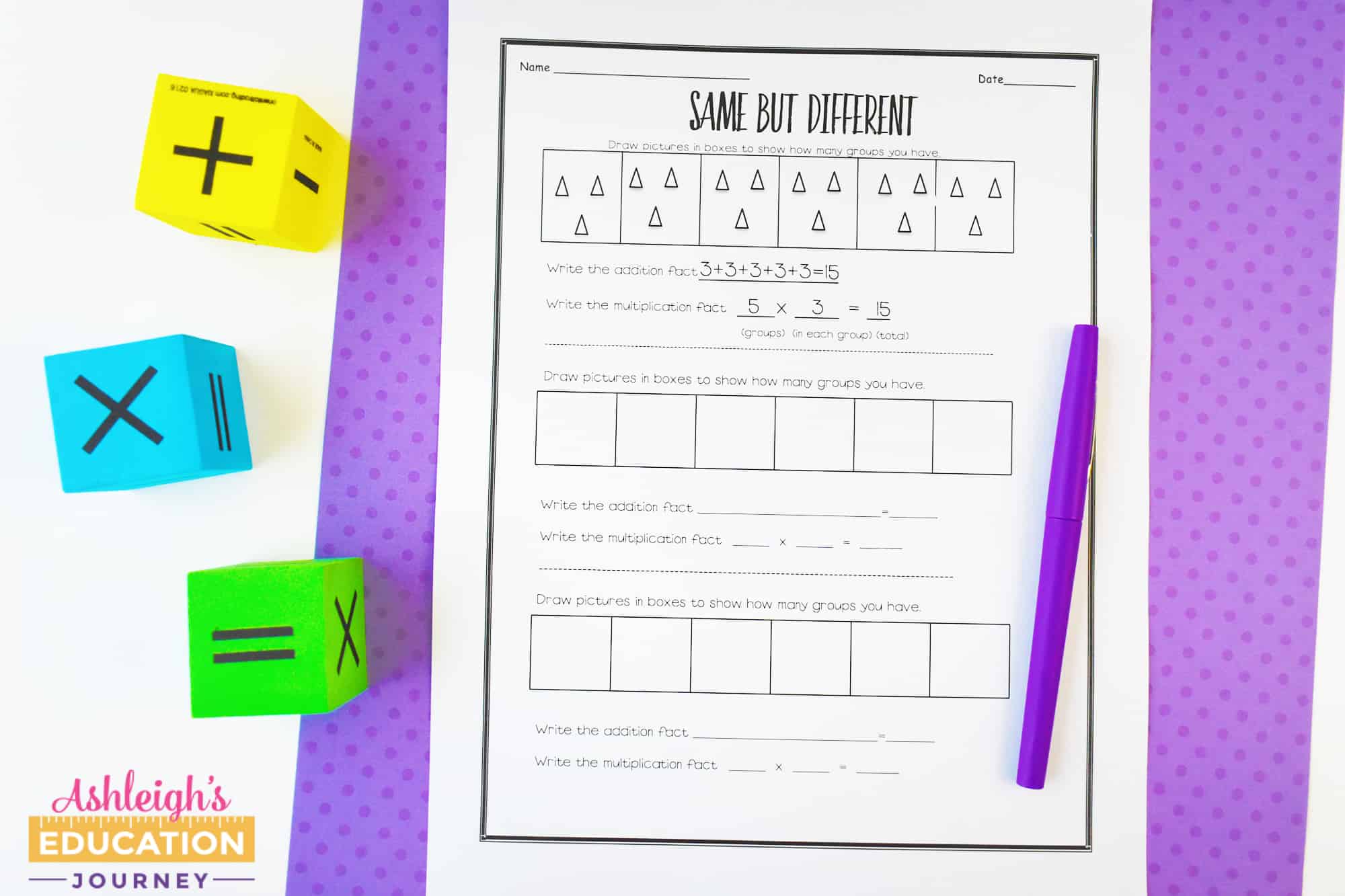
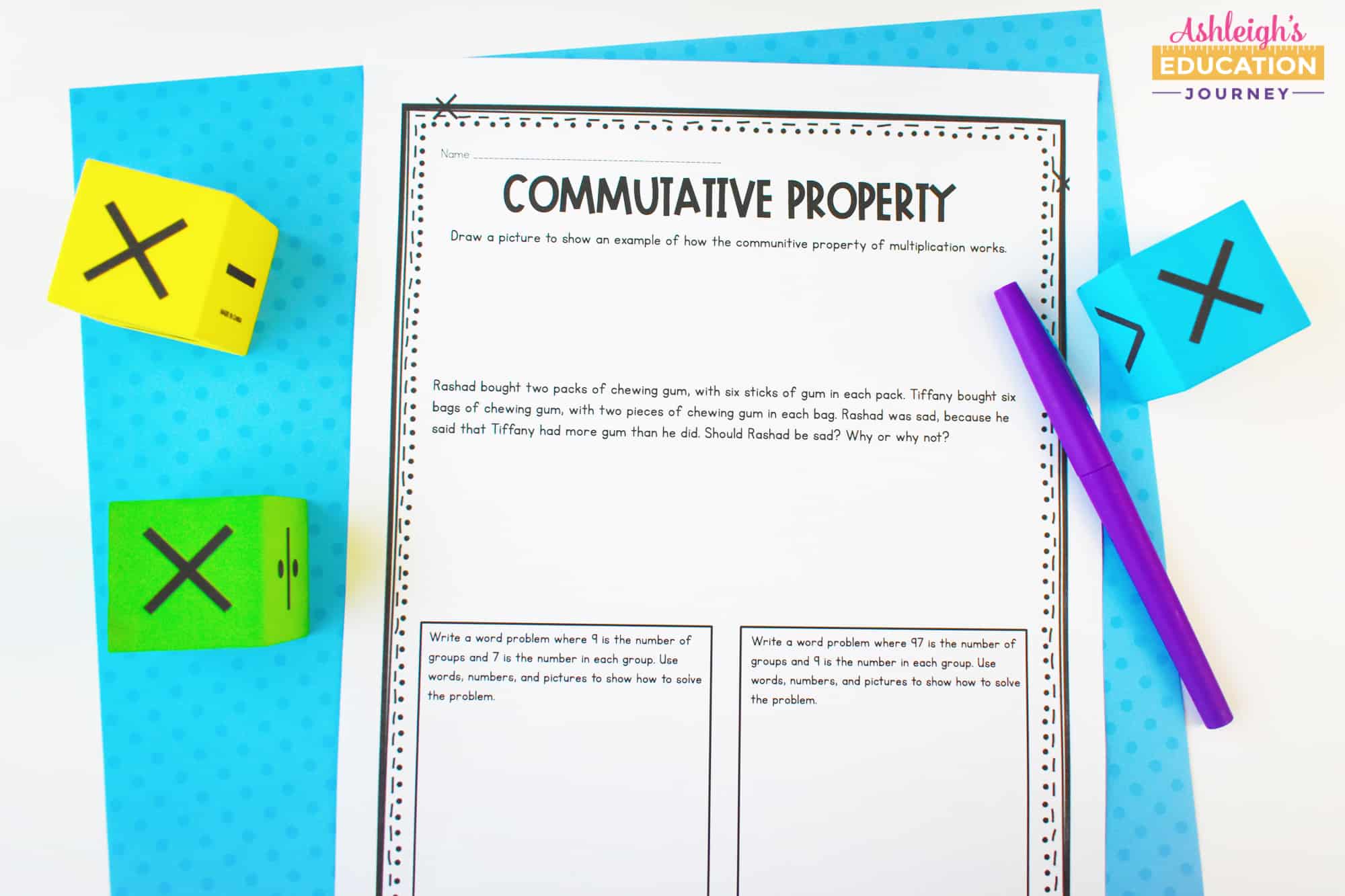
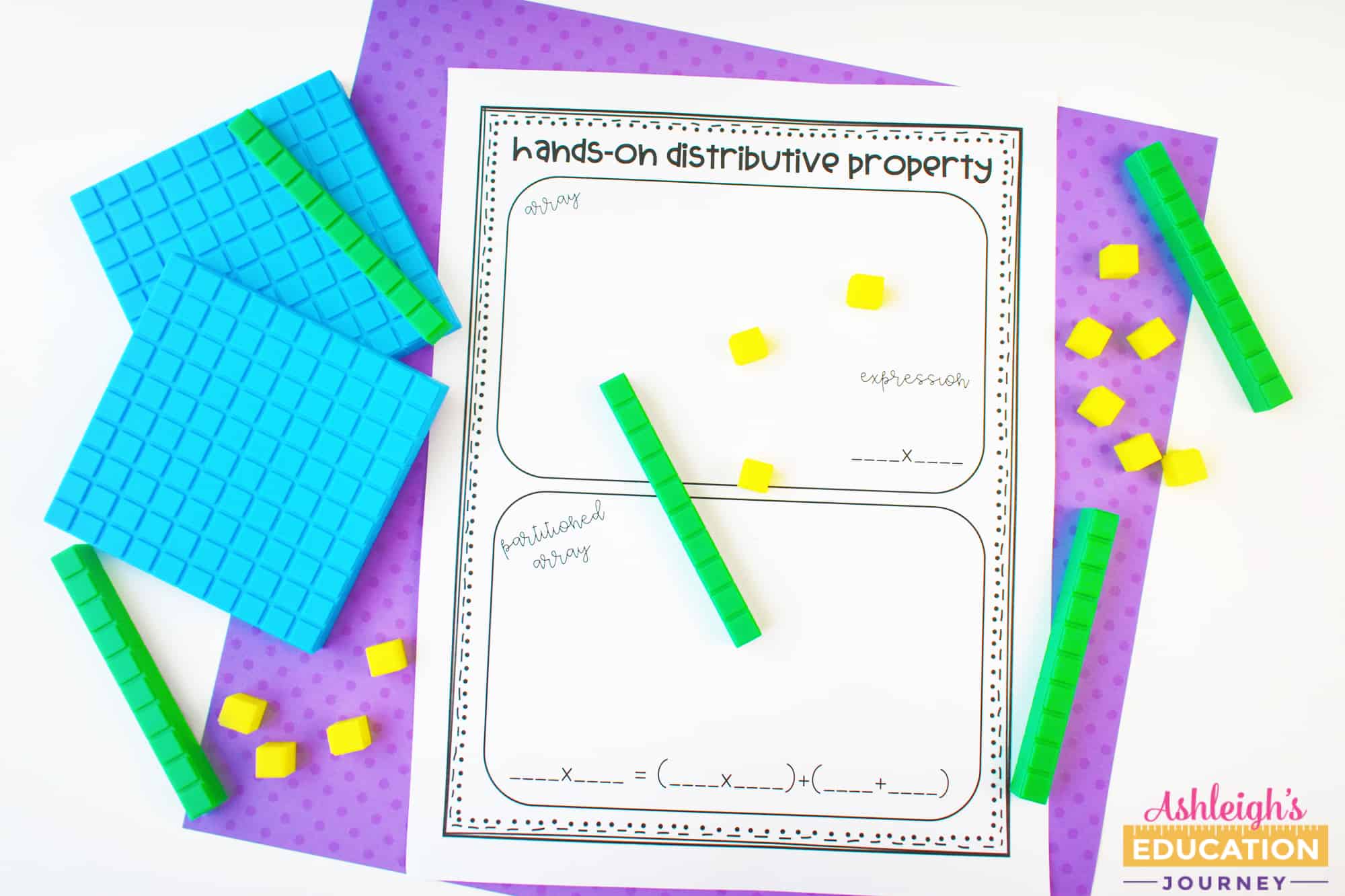
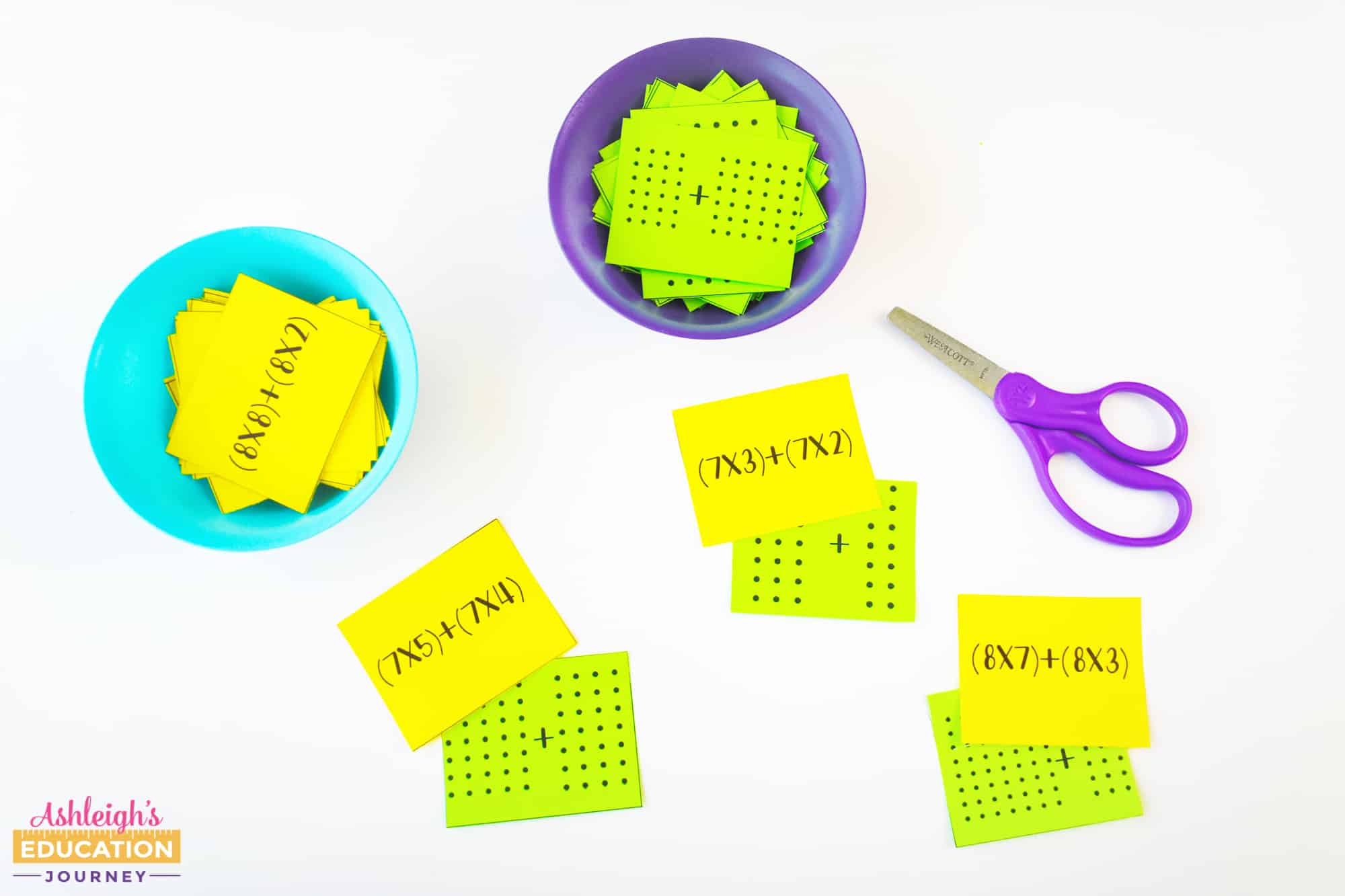
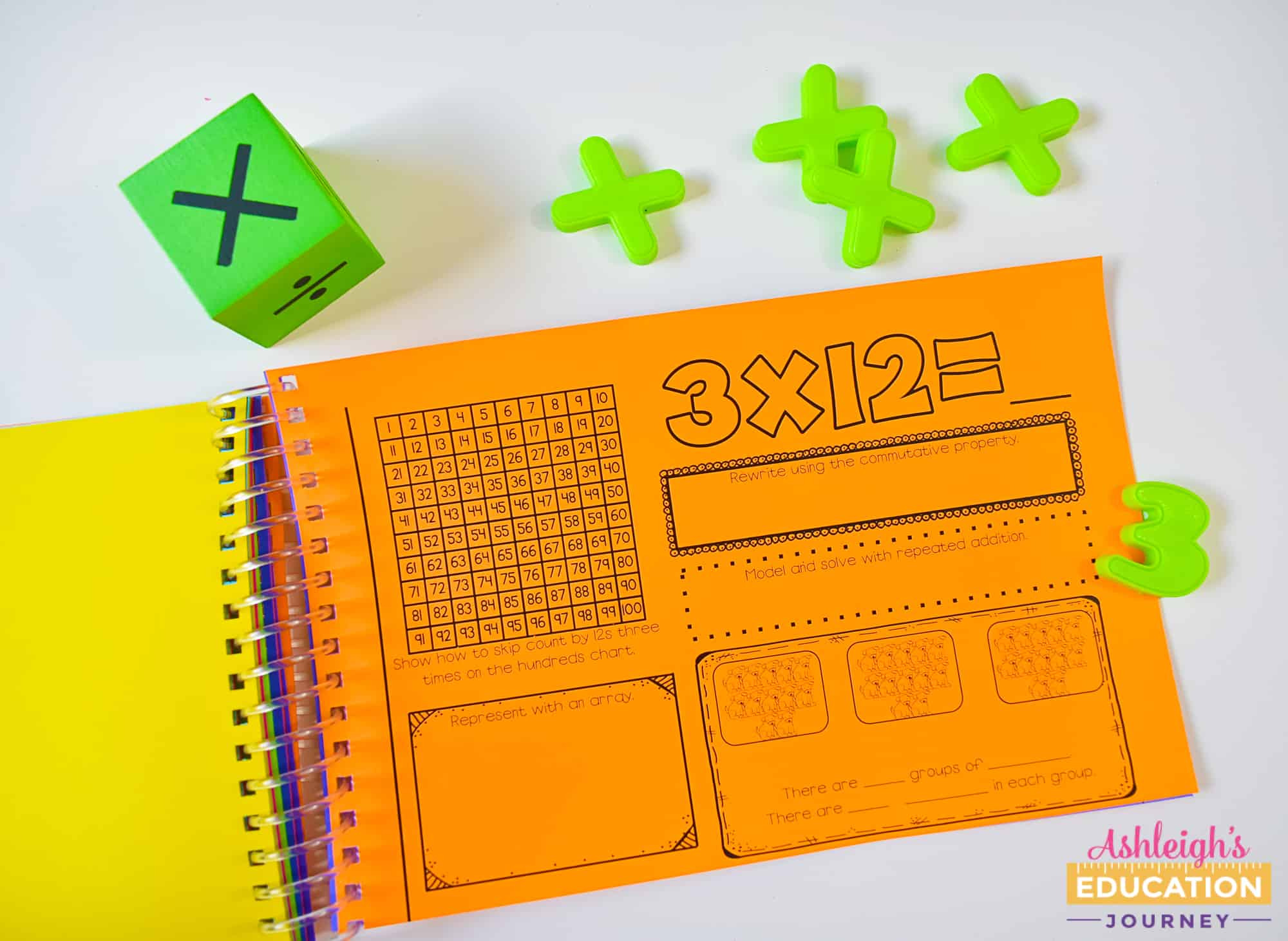
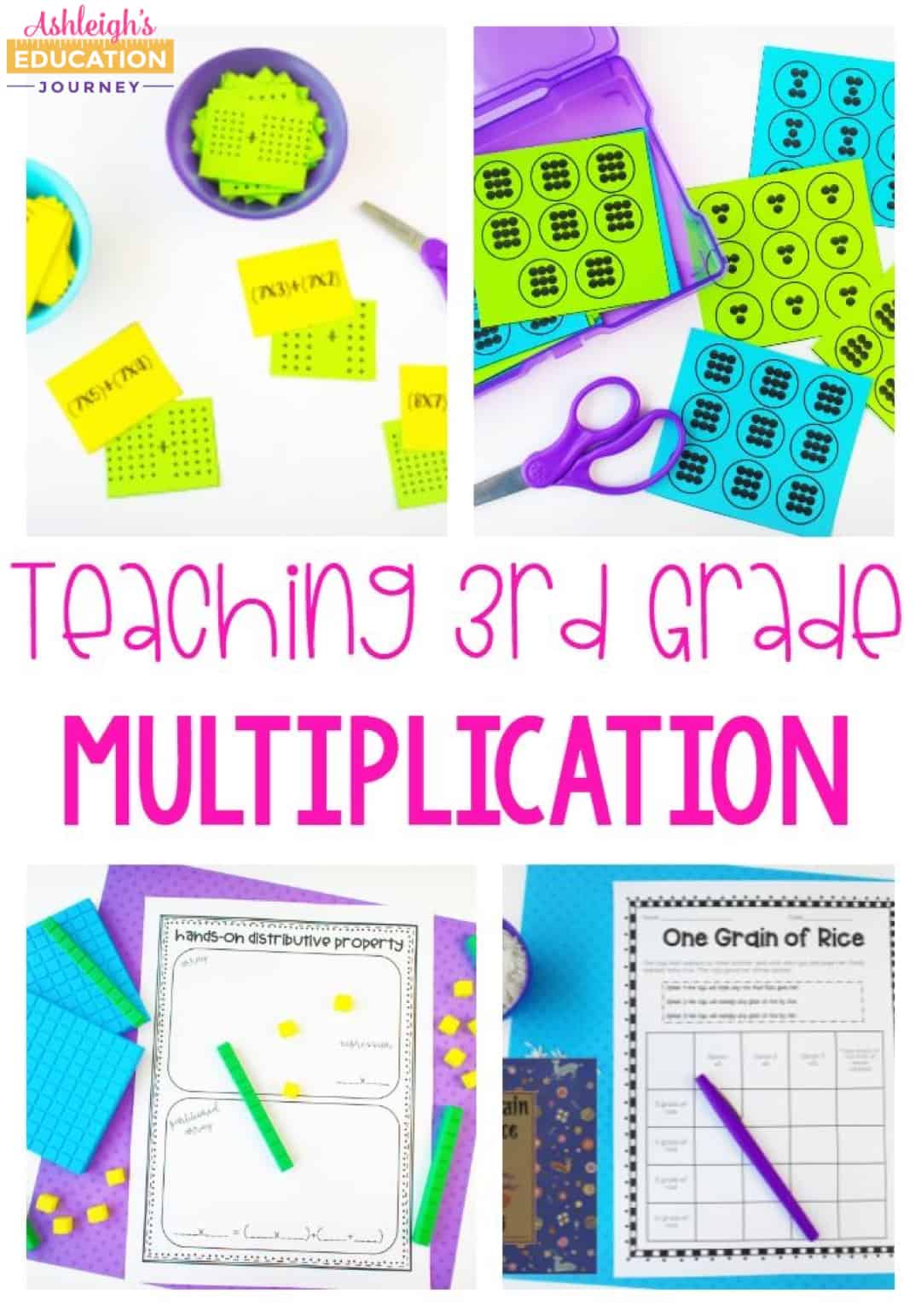
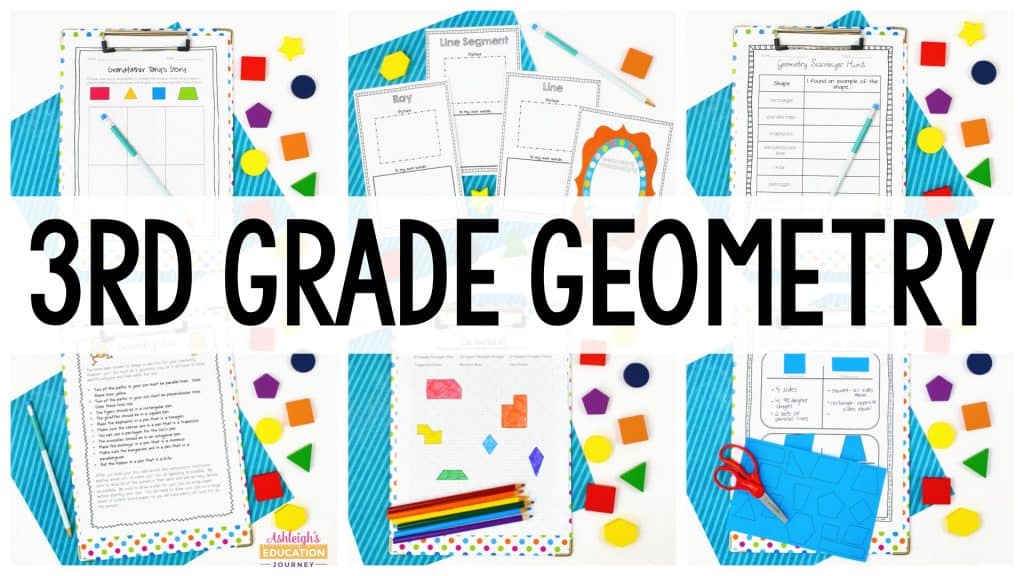
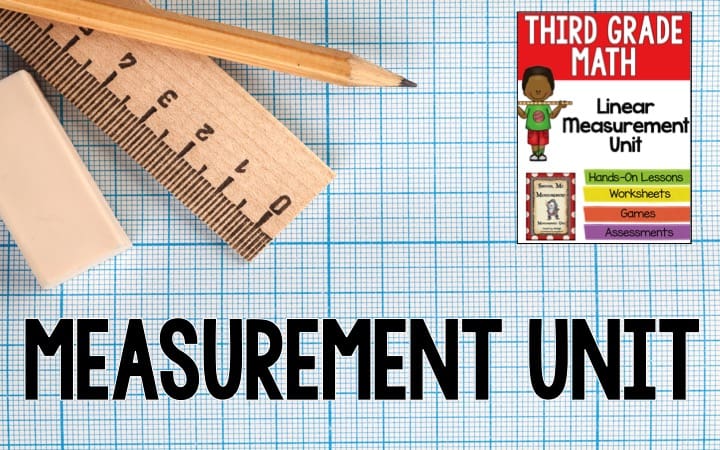
Thank you so much! I can definitely use some of these wonderful ideas. I just was moved from 1st grade to 3rd. I’ve been a little overwhelmed and unsure as to the best way to approach some things, these are great tips!
where can i find how can you the array to multiply 16×4?
The lessons in this post are from this unit: https://www.teacherspayteachers.com/Product/3rd-Grade-Multiplication-Division-Unit-Print-Digital-for-Distance-Learning-153123